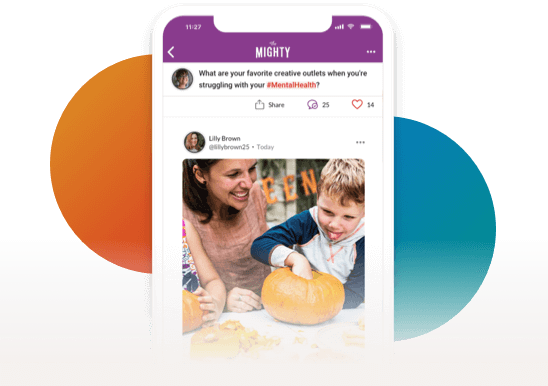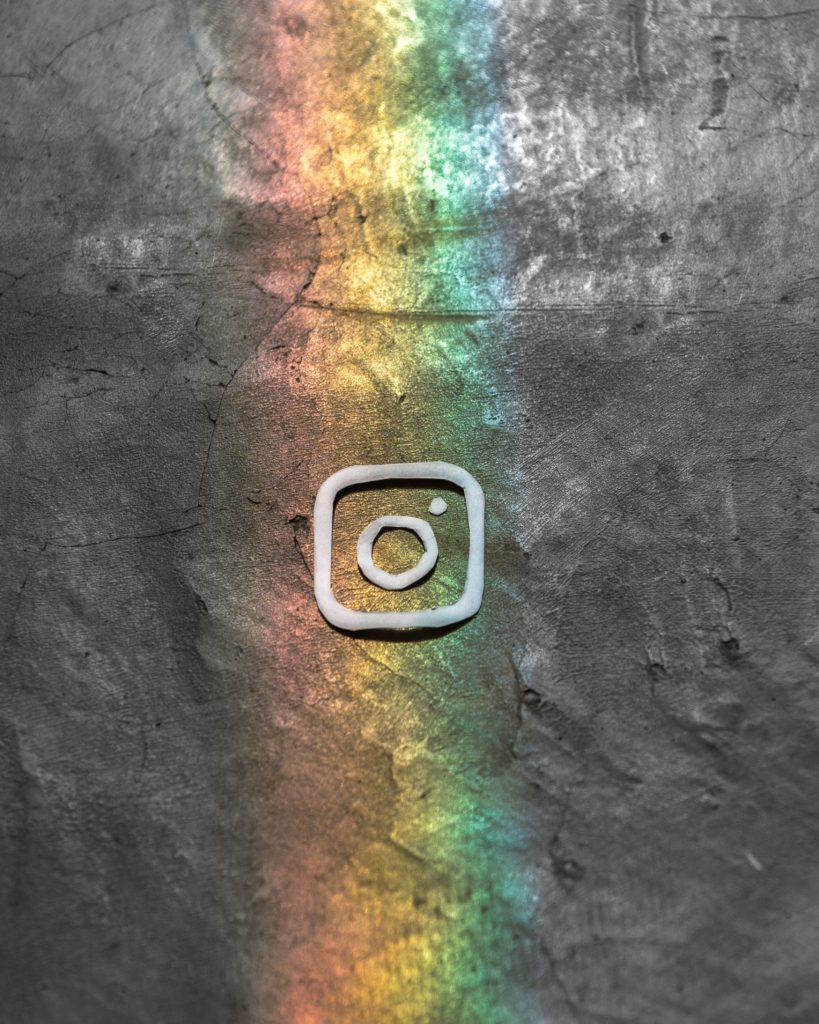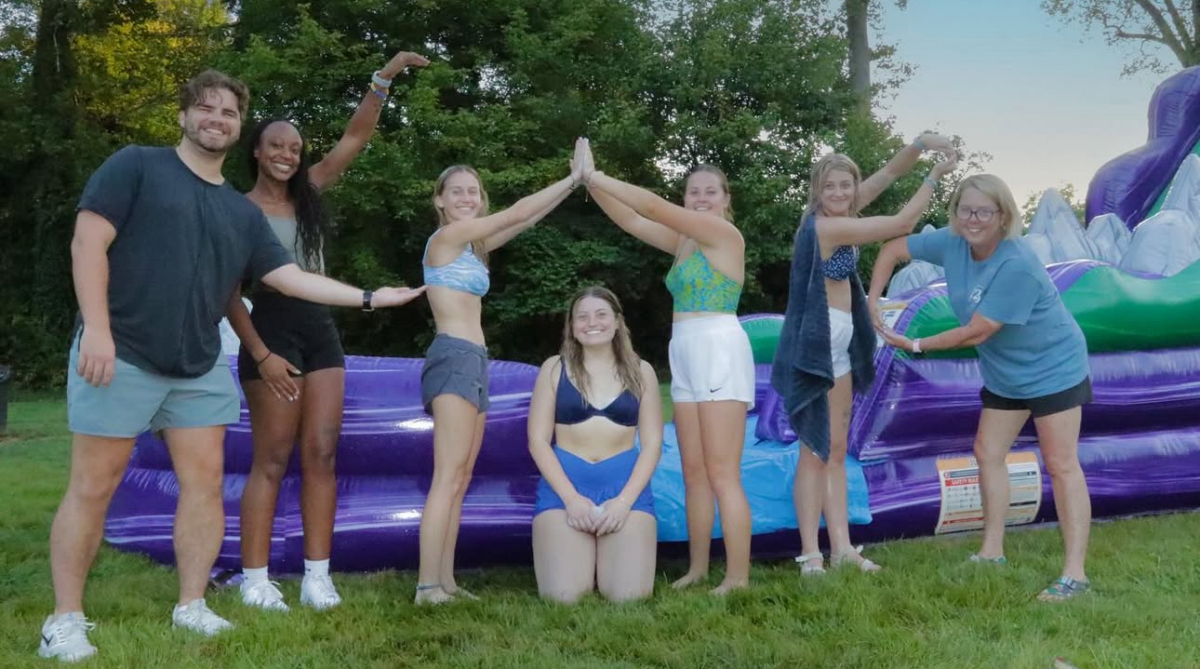
It is not uncommon for people to talk about the negative effects social media can have on mental health. One negative effect is FOMO, which is the fear of missing out on opportunities related to what people post on social media. However, there are ways that people can use social media to benefit their mental health.
Social media can help people keep in touch with friends and family members. Russell Heimlich with the Pew Research Center states in his article “Using Social Media to Keep in Touch,” “Roughly two-thirds (67%) of social media users say that staying in touch with current friends and family members is a major reason they use social media sites like Facebook, Twitter, MySpace or LinkedIn; about half say they use these sites to reconnect with old friends.”
Social media may also be especially beneficial to college students who are living on campus who miss their friends and family. I use social media to see what my friends are doing and to communicate with them. I like that social media allows people to encourage each other, whether by liking someone’s post or writing an encouraging comment.
People can also benefit from social media by posting positive content about their hobbies. Kevin Naruse says in his article, “7 Ways Social Media Can Benefit Mental Health,” “Social media can be used as a motivational tool to achieve healthy lifestyle goals such as quitting smoking or attending the gym on a regular basis.” Friends can also benefit from seeing that content because they feel happy for that person. I follow a couple of my friends’ accounts, including one about fitness.
I have also created accounts related to my hobbies. One of them is “Nicole’s Creativity” on Facebook where I post some of my blogs and artwork. Another is “Positivity Piedmont” where I post about RA events and sports games.
Another way that people can benefit from social media is by following and creating Instagram accounts that advocate for mental health. One of the Instagram accounts that posts mental-health related content is “@anxiety_wellbeing.” Its posts include encouraging and validating animations, quotes and ways to take care of mental health.
I really like seeing mental health related content on social media. For one of my deliverables for capstone, I created an Instagram account: “@mentalhealthhappiness.” I take pictures and create animated content on Adobe Illustrated and Canva to post with the hope that the content makes people feel good and suggests ways that people can take care of their mental health.

Mental health nonprofits also post mental health-related content to help individuals who may be struggling. Mental Health America posts quotes, animations, hotlines and posts that promote their podcast: In The Open. Another nonprofit, American Foundation for Suicide Prevention also has an Instagram page: “@afspnational.” Afspnational posts content that can be encouraging, suggests ways people can get help and help others who are struggling and has had mental health campaigns.
The Mighty also has social media accounts. The Mighty is a nonprofit that supports individuals with mental and chronic illnesses by people submitting blogs that may go on The Mighty’s website. The Mighty shares blogs on their Facebook page that people write. This may benefit people who see these blogs because it may be relatable and validating.
By people using social media to keep in touch with friends and family, creating and following Instagram accounts that are about hobbies and goals and advocating for or following accounts that advocate for mental health, people can benefit their mental health.








